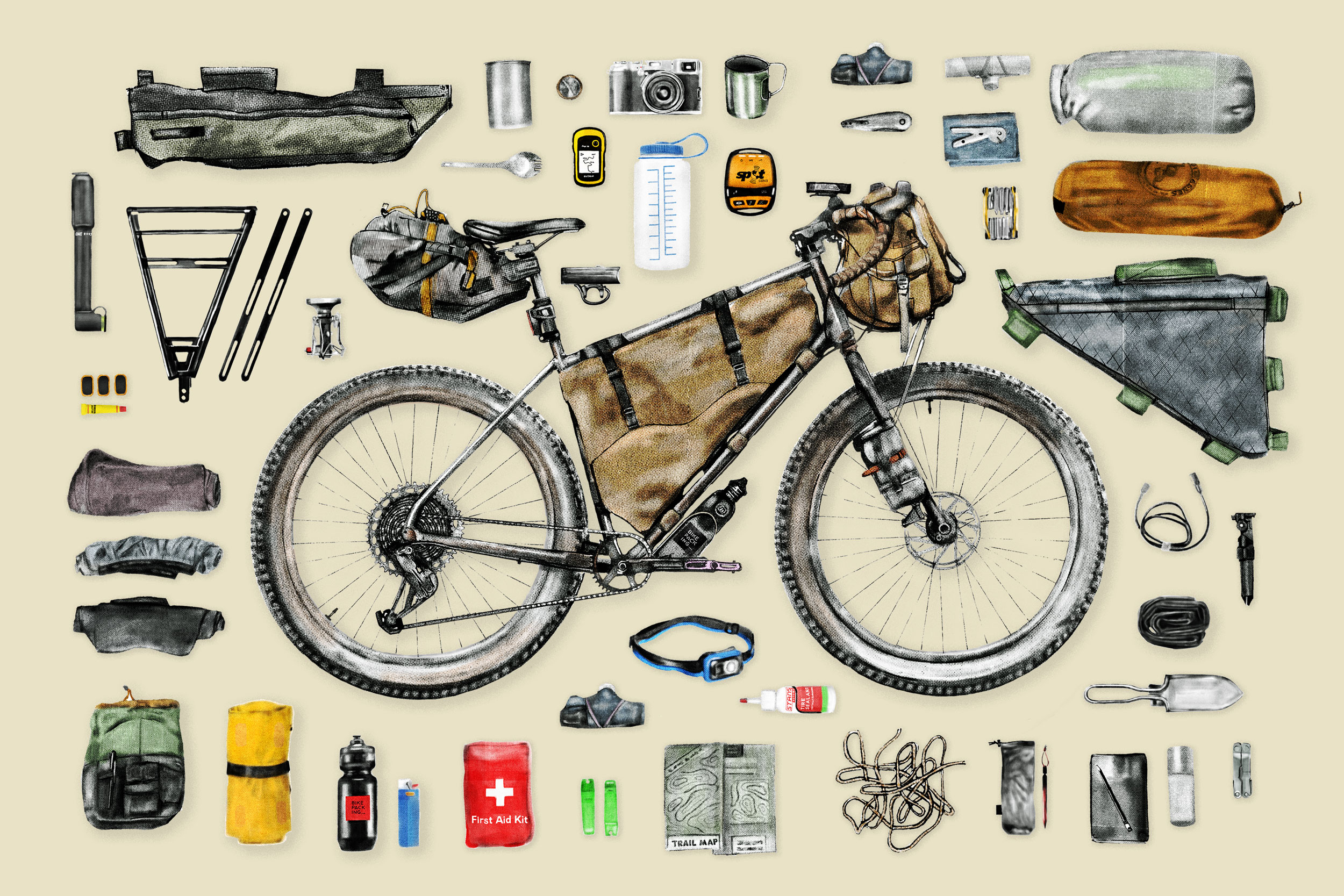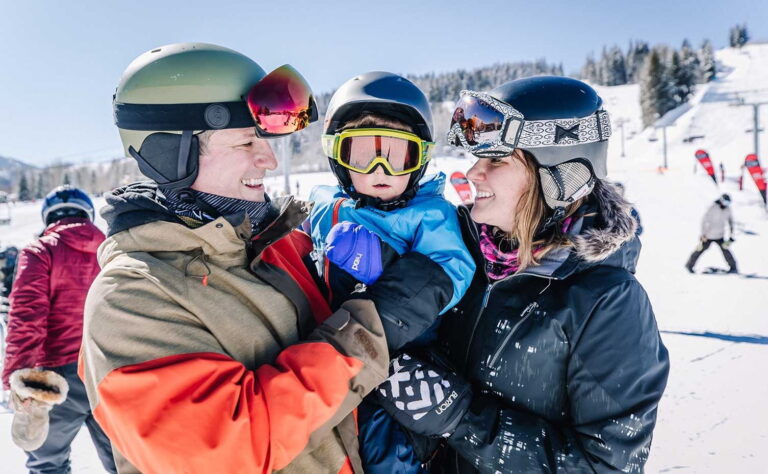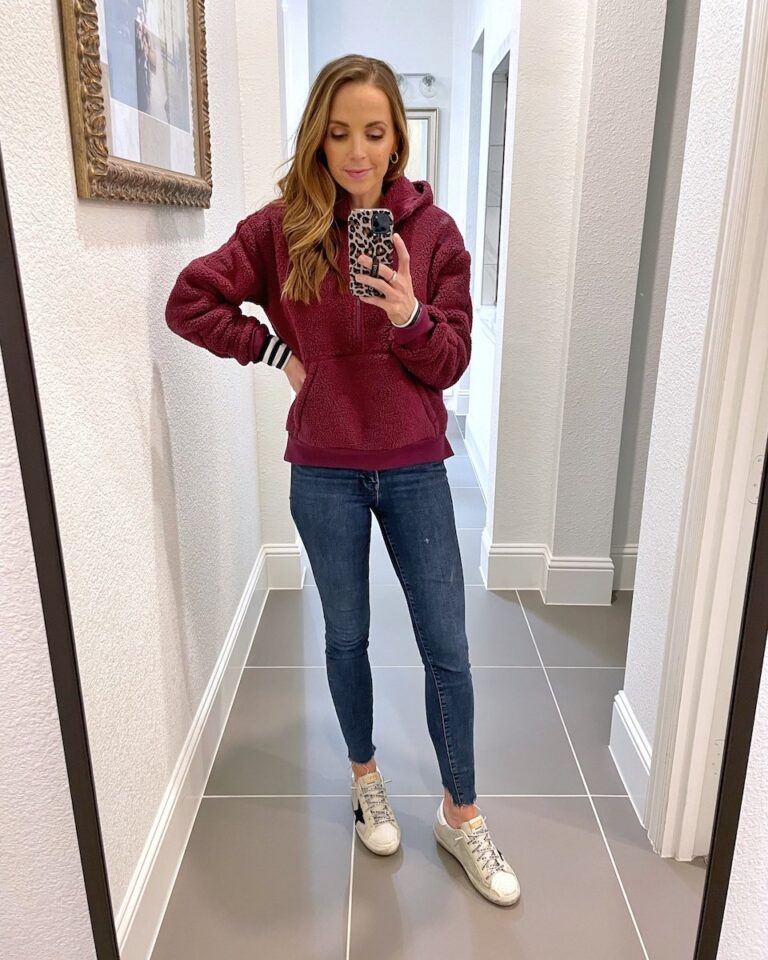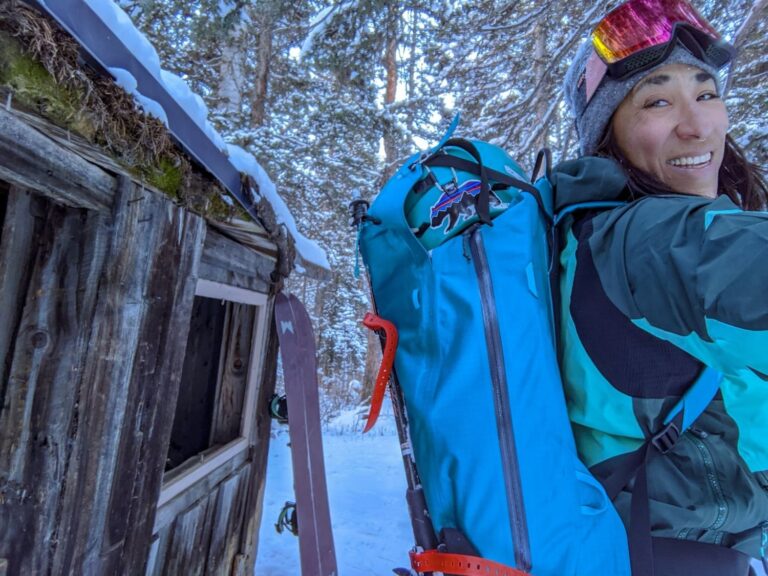For gymnastics practice, pack a leotard, snug shorts, hair ties, water bottle, and any personal protective gear. Include grips if you use them for bar work.
Embarking on your gymnastics journey requires preparation and the right equipment. Your gym bag should be a carefully curated repository of items that will support your performance and comfort. A well-fitted leotard stands at the top of the list, ensuring you move with grace and ease.
Accompany this with a pair of form-fitting shorts to maintain modesty during intense flips and routines. Managing hair with secure ties prevents any distractions while executing those precise maneuvers. Keeping hydrated is essential, so a water bottle is a must-have. Lastly, if you’ve reached the stage where you’re working on the bars, don’t forget your grips; they protect your hands and improve your grasp. Preparing these essentials will set you up for a successful and focused practice session.
Understanding Gymnastics Gear Needs
Gymnastics practice demands specific attire to ensure safety, flexibility, and ease of movement. Wearing the right gear can significantly affect a gymnast’s performance and confidence levels. Athletes must adhere to the basics, which typically include a leotard for females or a form-fitting shirt and shorts for males. These pieces should be snug yet stretchy, allowing for a full range of motion without restriction.
The importance of appropriate gear extends to footwear where gymnasts either opt for bare feet or special gymnastics shoes that provide grip and minimize slipping. Accessory items like wristbands and grips might be used to enhance grip and prevent blisters. Choices in gear often vary based on factors like the type of gymnastics, the level of competition, and personal preference. Choosing gear with care is essential for successful practice as it contributes to comfort, performance, and the gymnast’s safety.
Leotards And Suits
Packing the correct leotard is vital for a successful and comfortable gymnastics practice. Various types of leotards serve different purposes, such as tank leotards for regular practice or long-sleeve leotards for competitions. The choice of fabric also plays a crucial role in comfort and performance. Materials like lycra and velvet are popular for their stretchability and breathability, allowing for a full range of motion without restricting any gymnastic moves.
Fitting is equally crucial—opt for a snug fit that prevents the fabric from catching or bunching. To ensure your gear remains optimal, regular assessment for signs of wear is important. Replacement of gym wear is necessary when there is visible damage such as tears, or when the fit becomes too loose due to stretching over time, which could impede performance and safety during practice.
Bottoms And Warm-ups
Choosing the right bottoms for gymnastics practice is essential for both comfort and performance. Gymnasts often prefer fitted shorts or pants as they allow coaches to see body lines and ensure proper form. Fitted apparel should be snug, yet flexible enough to not restrict movement.
For those who value comfort and ease of movement over form-fitting styles, loose shorts or pants are the go-to options. It’s crucial that these loose garments are secure enough to stay in place during intense routines and don’t get caught on apparatuses.
Warm-up apparel is just as important, with a variety of jackets, sweatpants, and leg warmers being popular choices. These items not only provide muscle warmth but also aid in preventing injuries during the initial stages of practice. Layering allows gymnasts to adjust their clothing as they warm up and transition into practice sessions.
“`

Credit: bikepacking.com
Protective Gear
Protective Gear is essential for a gymnast’s safety during practice. It is vital to invest in quality wrist supports and grips, as they provide stability and help prevent strain injuries. These supports should fit snugly without restricting blood flow. A good grip can also prevent blisters and keep a gymnast secure when performing on bars and rings.
Joint braces and sleeves offer additional support, particularly for those who have previously experienced injuries in areas like the knee, ankle or elbow. They work to compress the joint, aiding in both support and warmth, which keeps the joints lubricated during practice.
Selecting the right size of protective gear is crucial for it to be effective. One must measure the circumference of the area where the gear will sit, following sizing charts provided by manufacturers. Always opt for adjustable straps or closures to ensure a personalized fit. Lastly, consult with a coach or a professional to ensure that the gear chosen provides the optimal balance between protection and mobility.
Personal Apparatus
Rhythmic gymnastics necessitates specific personal apparatuses that are essential for practice. Gymnasts must ensure they have hand apparatus including ropes, hoops, balls, clubs, and ribbon sets. Each item should meet the official size and weight standards to facilitate proper training and development of routines.
Regular maintenance of your equipment is crucial for both safety and performance. Check for any wear and tear, and fix or replace damaged items immediately. It’s advised to use a clean, damp cloth to wipe down each piece of equipment after practice to keep them in top condition.
To effectively store and transport your apparatus, consider using a dedicated gym bag with multiple compartments. This ensures that each piece of equipment is organized and protected from damage. Gymnastics bags with proper padding offer additional protection and help maintain the shape and integrity of the apparatus during transport.
Gymnastics Shoes
Gymnastics shoes are critical for providing the necessary support and flexibility required for various disciplines within the sport. Vaulting shoes often feature sleek designs and reinforced soles for added power during runs. Balance beam shoes come with a soft sole for grip and sensitivity. Meanwhile, rhythmic gymnastics athletes prefer half shoes or toe shoes that allow for elegant movements while providing protection. Considering the fit of gymnastics shoes is just as important as choosing the type.
Materials like breathable mesh or leather offer comfort and durability. It’s essential the shoe fits snugly to avoid slippage that can lead to injuries. Always measure your foot correctly and account for any special requirements of your discipline.
| Discipline | Shoe Type | Important Features |
|---|---|---|
| Vault | Vaulting Shoes | Reinforced soles, sleek design |
| Beam | Beam Shoes | Soft soles for grip |
| Rhythmic | Half Shoes/Toe Shoes | Flexibility, protection |
Clean and maintain your gymnastics shoes regularly to ensure their longevity. Use appropriate cleaning products for the materials they are made of, and allow them to air dry fully before use. For shoes constructed with leather, conditioning is advisable to prevent the material from drying out and cracking.
Accessory Checklist
Hair management accessories are vital for both comfort and performance during gymnastics practice. Secure hair with no-slip hair ties, headbands, and hair clips designed to hold even during the most dynamic routines. Always keep extra hair accessories in your bag to be prepared for any unexpected hair mishaps.
Gymnastics bag essentials should include grips for apparatus work, a small first aid kit, wristbands, knee pads, and a change of clothes. A towel and toiletries for post-practice refreshment, along with a notebook and pen to jot down tips from coaches or personal reflections, are also important.
| Item | Description |
|---|---|
| Water bottle | Refillable, clear, and marked with your name for personal hydration |
| Snacks | Healthy options like granola bars, fruit, or nuts for energy replenishment |
Grip Enhancement
Grip enhancement is crucial for maintaining safety and performance during gymnastics practice. Chalk is commonly used by gymnasts to absorb sweat and reduce slipping on apparatus. For those seeking alternatives, grip lotions or grip tapes can also provide the necessary friction and comfort. It’s important to select a product that suits your skin type and grip preference.
For effective application, ensure hands are clean and dry before applying chalk or alternative products. Apply a generous layer, fully covering the palms and fingers. Reapply as necessary throughout practice to maintain optimal grip levels. Experiment with different products to find the best solution for your gymnastics routine.
Recovery Equipment
Making sure to pack recovery equipment for gymnastics practice is essential. Items like foam rollers and various massage tools are invaluable assets for any gymnast. Utilizing foam rollers aids in the alleviation of muscle tightness and increases blood flow, making them perfect for post-workout recovery. Massage tools help to target specific muscle groups, ease muscle soreness and reduce recovery time.
Furthermore, including stretching aids in your gym bag could significantly enhance your flexibility and functional strength. Stretching aids such as resistance bands or stretching straps can also help gymnasts prepare their muscles for a workout and decrease the risk of injury. Therefore, these essential items should not be overlooked when packing for gymnastics practice.
Gear Storage Solutions
Effective gear storage solutions are essential for maintaining the cleanliness and organization of your gymnastics equipment. A cluttered bag can lead to misplaced items and can contribute to the growth of bacteria in damp gear. Developing a system for storing your gear can help you keep everything in check and ready for your next practice.
Implementing a few DIY storage ideas can make a huge difference. For instance, use separate zippered pouches or reusable bags for different items such as wristbands, grips, and leotards. Labeling each pouch can also streamline the process of finding what you need quickly. Consider crafting a personalized gymnastics gear rack that not only organizes your equipment but also allows them to air out properly after practice.
Gear Life Cycle
Gymnasts must periodically assess their gear to ensure it meets their evolving needs. Upgrading equipment is essential to maintain performance & safety. Keep an eye on wear & tear—leotards that have stretched out, grips that have lost their integrity, or shoes showing signs of excessive wear are signs it’s time for new gear.
It’s environmentally and socially responsible to recycle or donate old gymnastics gear. Gently used items can find new life with another aspiring gymnast. Connect with local clubs or charities—your pre-loved items can support the development of young athletes.
| Item | Action | Purpose |
|---|---|---|
| Leotards | Upgrade | Maintain fit and support |
| Grips | Upgrade | Ensure safety and performance |
| Shoes | Donation/Recycle | Extend lifespan and aid others |
Tailoring Your Pack List
Gymnastics practice requires meticulous preparation and the right equipment can make all the difference. For those just starting out, essential items include a leotard or comfortable athletic clothing, grips for apparatus work, and personal hygiene items for post-practice. Intermediate and advanced gymnasts may need to pack additional specialized gear. These might consist of personalized apparatus grips and protective tape or braces for injury prevention.
Gymnasts must also consider seasonal variations. Summer practice often demands extra hydration and cooling gear, while winter sessions may necessitate extra layers for warmth. When preparing for specific events, be sure to include uniforms, teamwear, and any apparatus-specific shoes. Being attuned to these nuances will ensure each gymnast is fully prepared for an effective and safe practice session.
Last-minute Pack Tips
Ensuring you have all necessities for gymnastics practice can be overwhelming. To simplify the process, a concise checklist comes in handy. Always double-check your bag for the essentials: leotard, grips, wristbands, snacks, water, and any personal care items. Keep an extra set of gym clothes and hair accessories for unforeseen scenarios.
Mistakes in packing can disrupt your practice. Common oversights include forgetting hair ties, which are crucial for safety and focus, or leaving behind hydration options. Bringing insufficient snacks can lead to energy drops. To mitigate these issues, create a routine of checking your bag against your list. Store items in designated bag areas to maintain organization.
- Leotard – the cornerstone of your gymnastics attire
- Grips – for apparatus work
- Wristbands – to prevent discomfort
- Snacks – for energy maintenance
- Water bottle – hydration is key
- Personal care items – such as deodorant and a first aid kit
- Extra set of clothes and hair accessories
Frequently Asked Questions Of What To Pack For Gymnastics Practice
What Essentials Do You Need For Gymnastics Practice?
For gymnastics practice, you’ll need a leotard, comfortable shorts or leggings, and proper gymnastics shoes. Also, include wristbands, hair ties, and a water bottle. These items provide comfort and support while practicing.
How Do I Choose Proper Gymnastics Attire?
Select gymnastics attire that ensures mobility and comfort. Look for a snug, yet stretchable leotard. Also, opt for breathable fabrics to keep you cool. Proper fit is crucial to avoid distractions during practice.
What Should Beginners Bring To Their First Class?
Beginners should bring a comfortable leotard, stretchable shorts, and gymnastics shoes. Don’t forget a towel, water bottle, and any personal protective gear recommended by the coach. These provide the basics needed to start learning.
Is Special Equipment Required For Gymnastics Practice?
While the gym provides most equipment, gymnasts should have personal items. These include grips for bars, a foam roller, or resistance bands. Consult with your coach for specific equipment needs based on the apparatus you’ll use.
Conclusion
As you prepare for your next gymnastics session, remember the essentials highlighted in this post. A well-packed gym bag equips you for success, ensuring you stay comfortable, hydrated, and ready to perform. Tailor your pack list to your personal needs and embrace the thrill of practice, every flip, and turn of the way.
Stay prepared, stay focused, and let your gymnastics journey soar.





